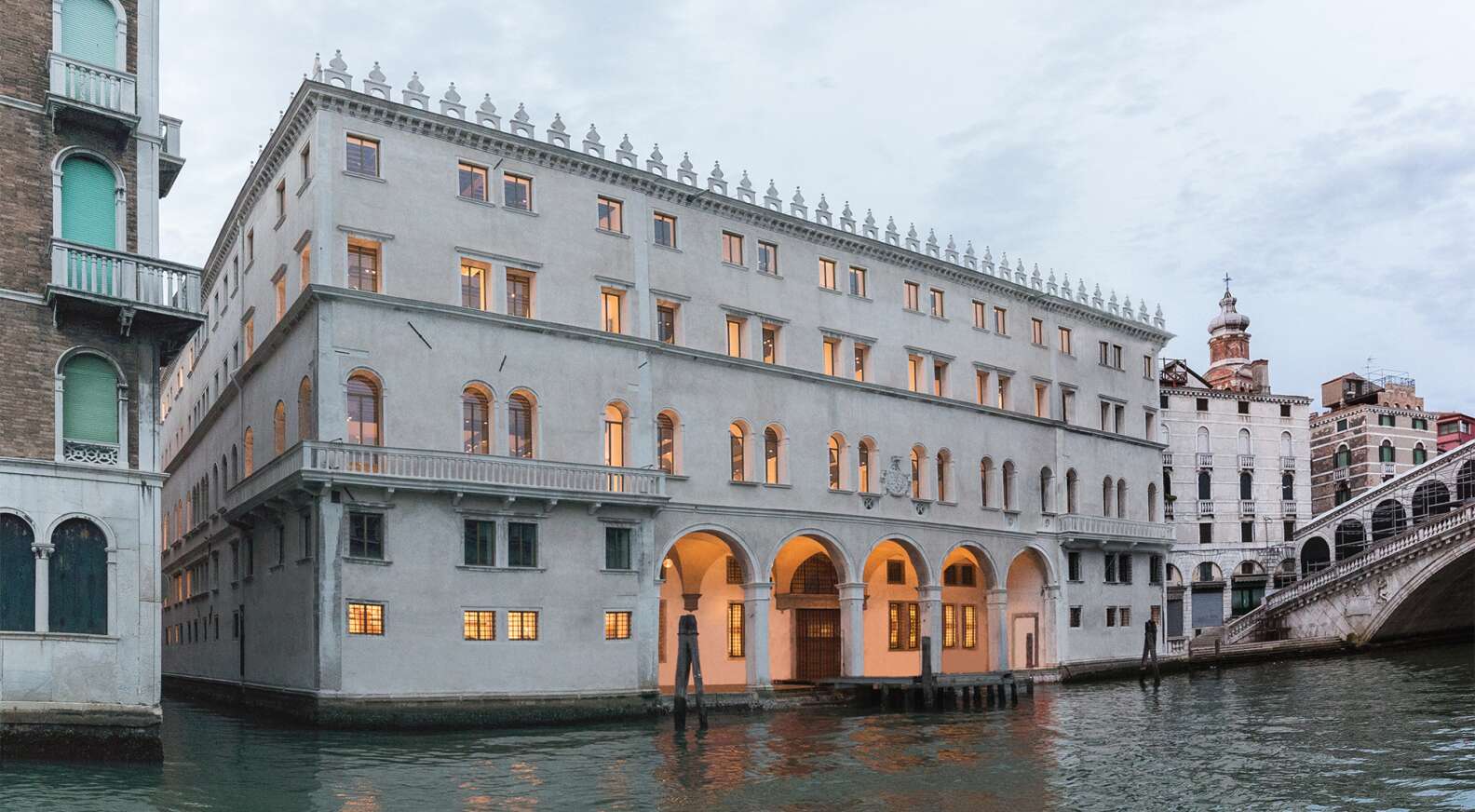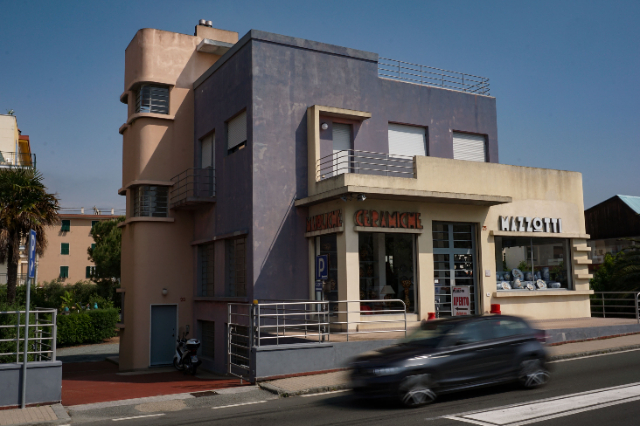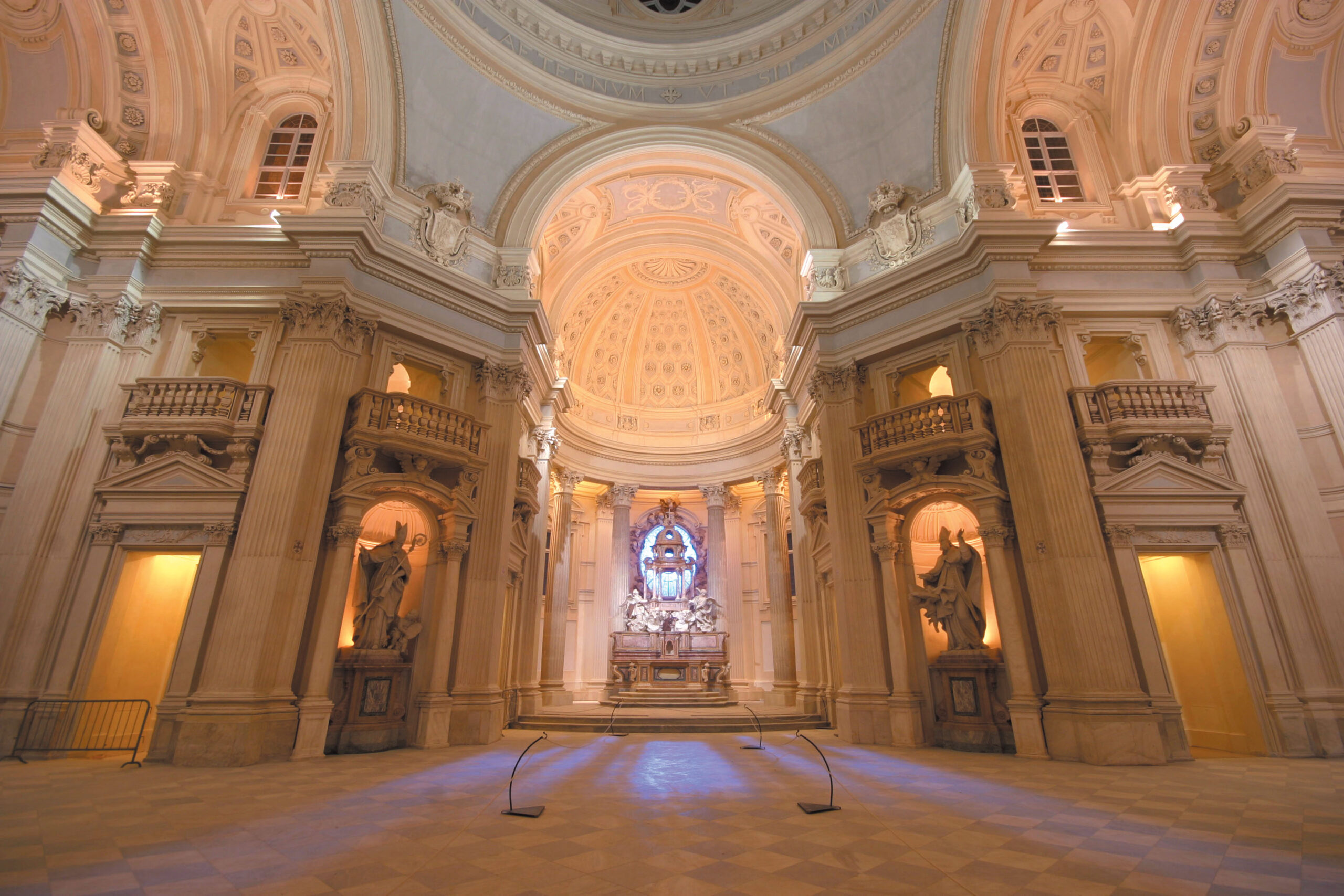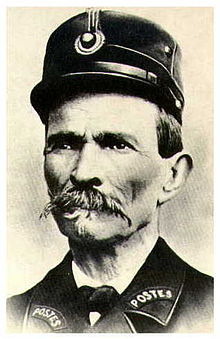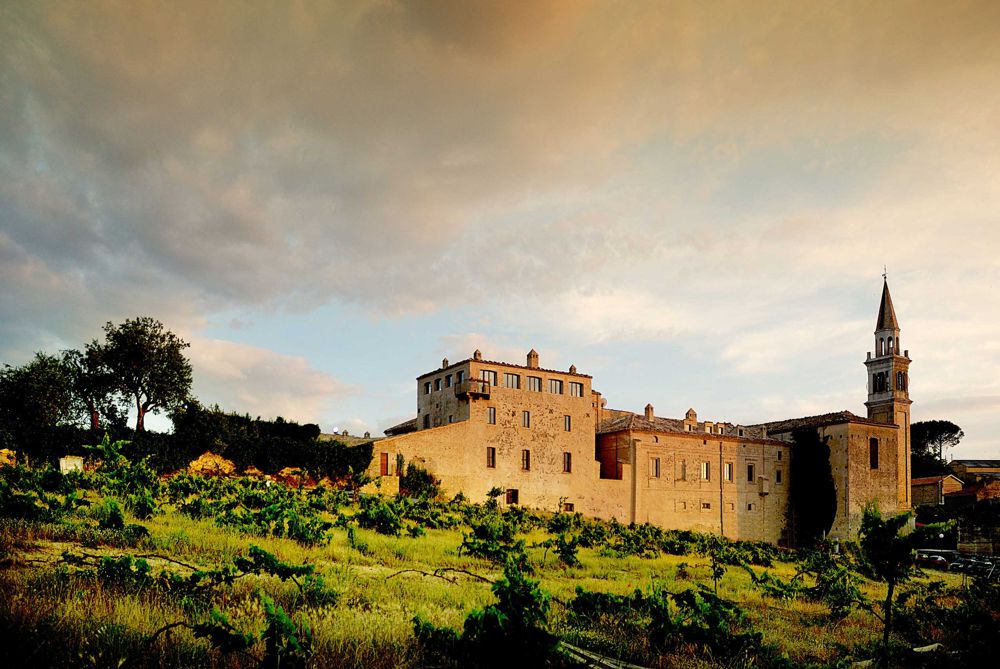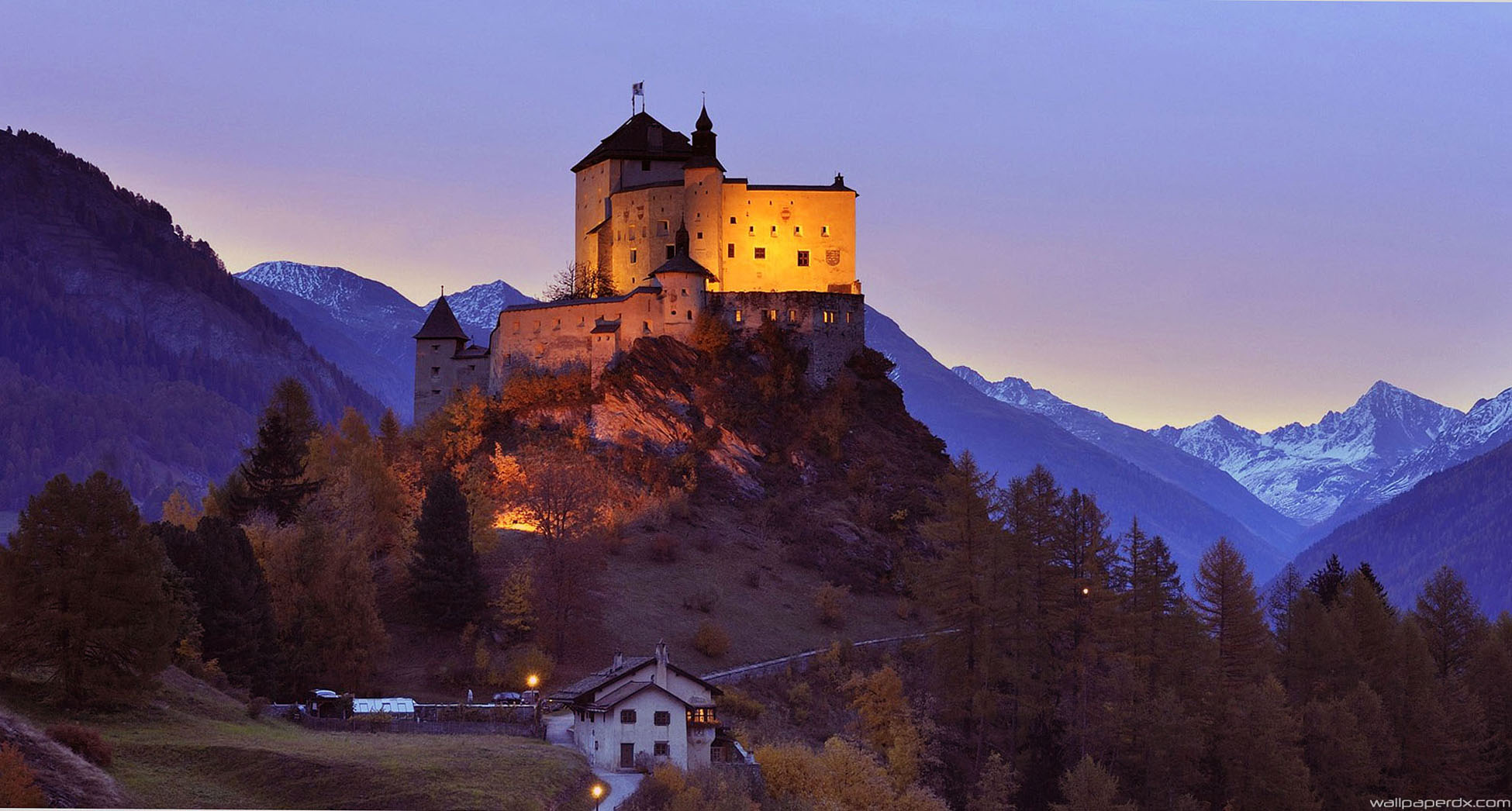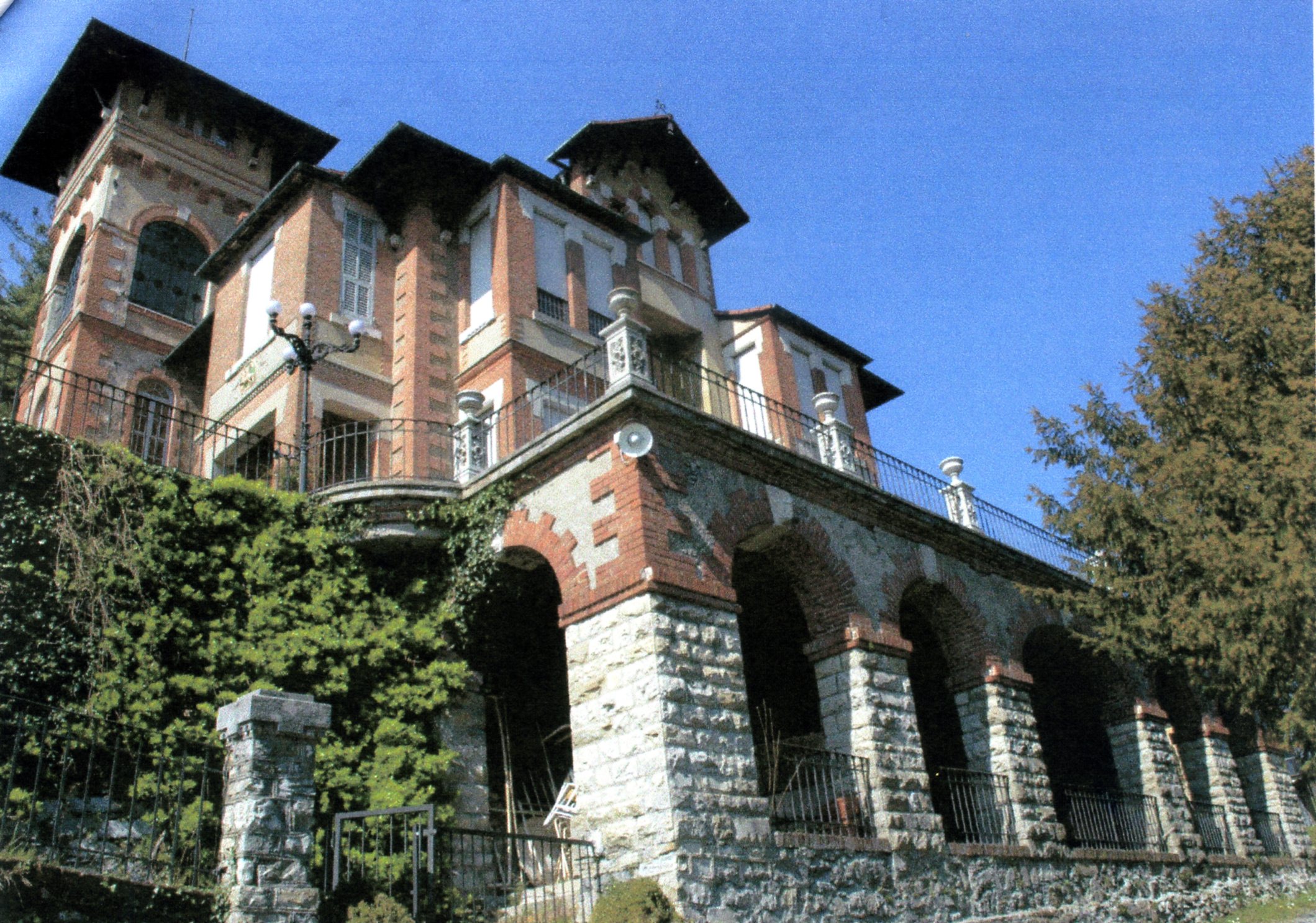The Fondaco dei Tedeschi dates back to the 13th century and is linked to the commercial needs of the Republic of Venice: the landing place for goods transported by German merchants from Nuremberg, who stored them here. The original building was the victim of a fire in 1505, but it was immediately rebuilt to a design by Girolamo Tedesco. Unlike other buildings on the Grand Canal, it was decided not to use marble decorations or openwork, but to embellish it with frescoes, for which Giorgione and his young pupil, Titian, were named. It was suppressed with the fall of the Republic, in 1797. The Fondaco is a building with a square plan, arranged on three levels around an internal courtyard covered by a glass and steel structure, where the ancient well is kept. On the ground floor five large round arches close an open portico on the Grand Canal, where goods were unloaded. The second level is crossed by a long row of mullioned windows and single lancet windows. The top of the Palace is crenellated. The interiors presented works by Paolo Veronese, Tiziano Vecellio and Jacopo Tintoretto, of which all trace is now lost. Of Giorgione, remain " the Nude", within a niche, and fragments of female figures.
